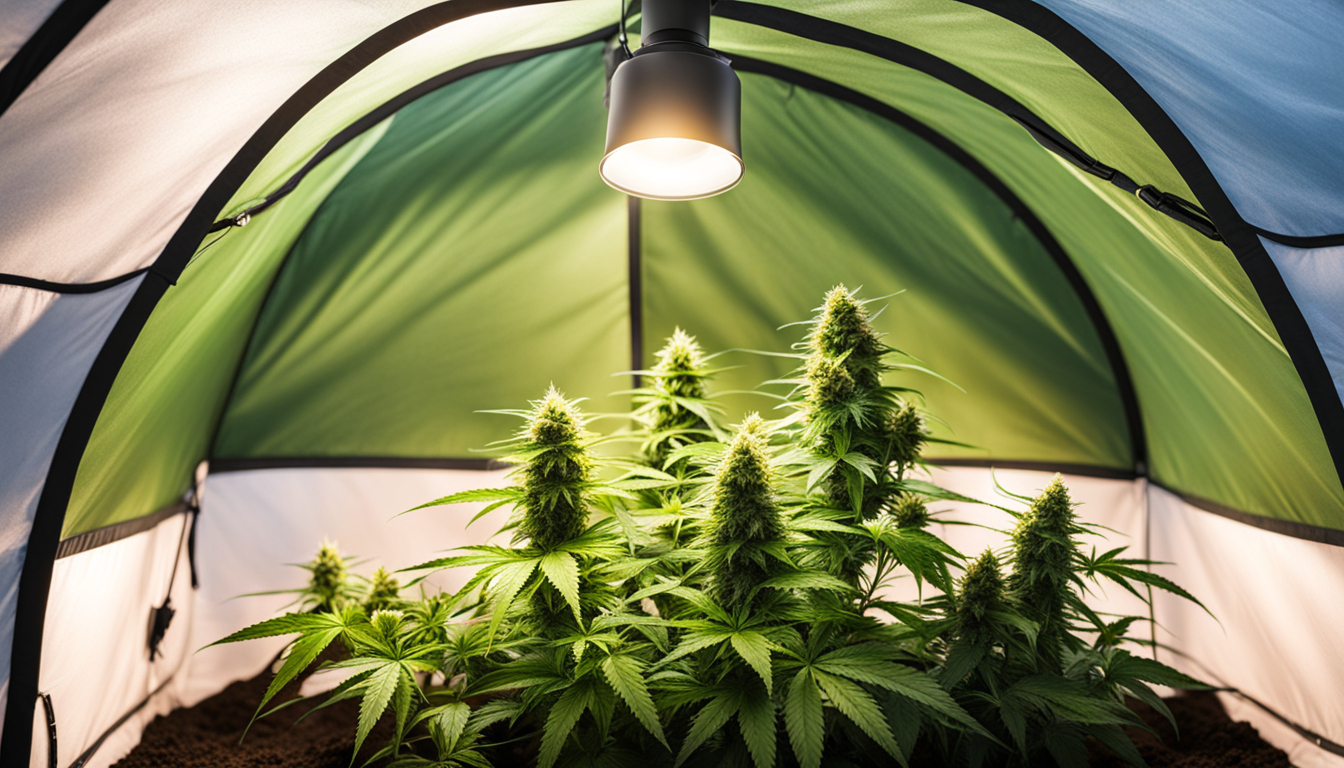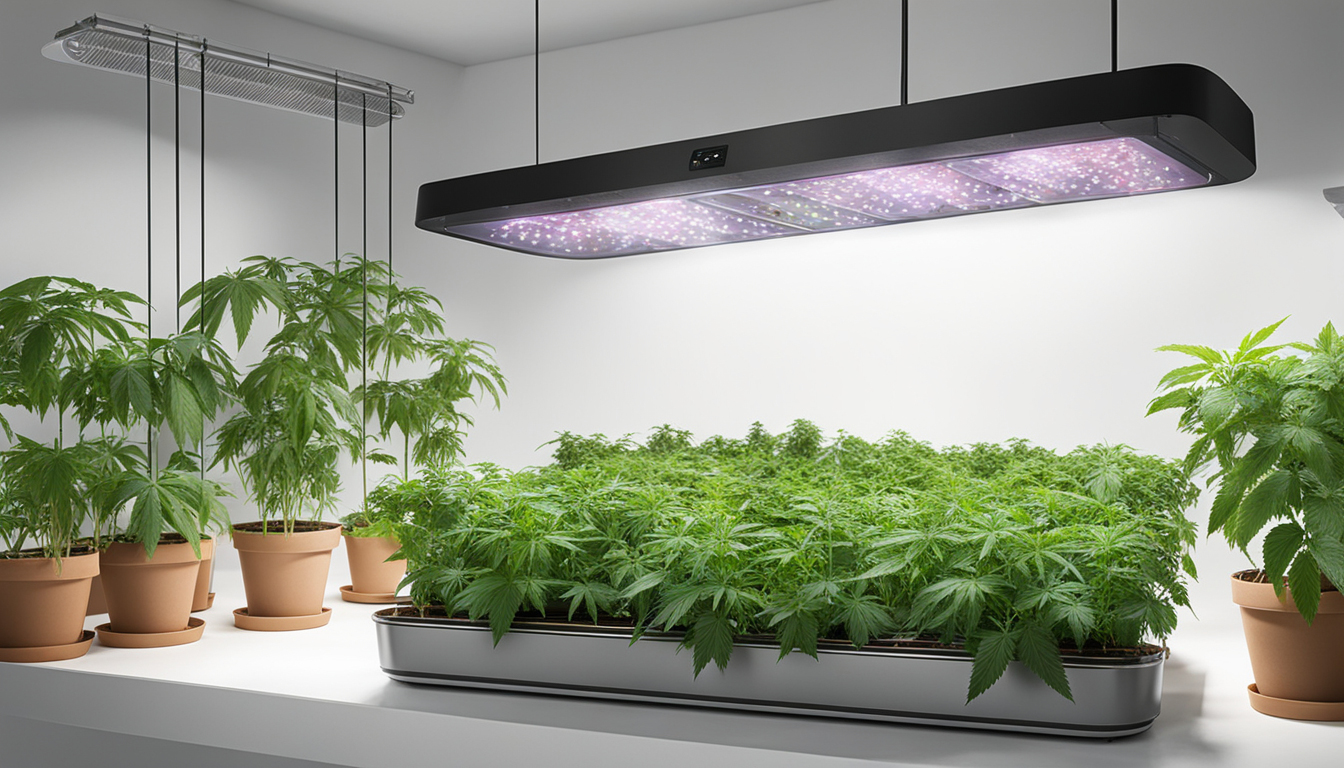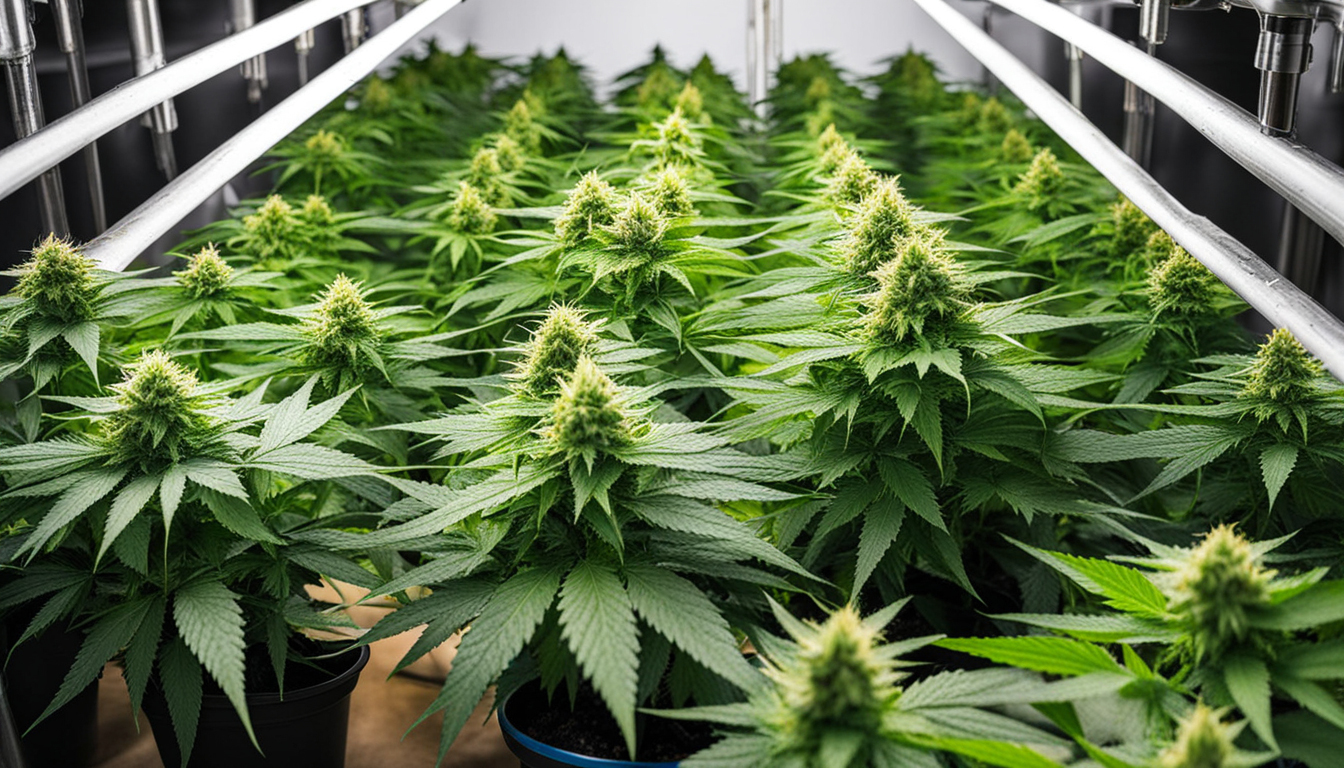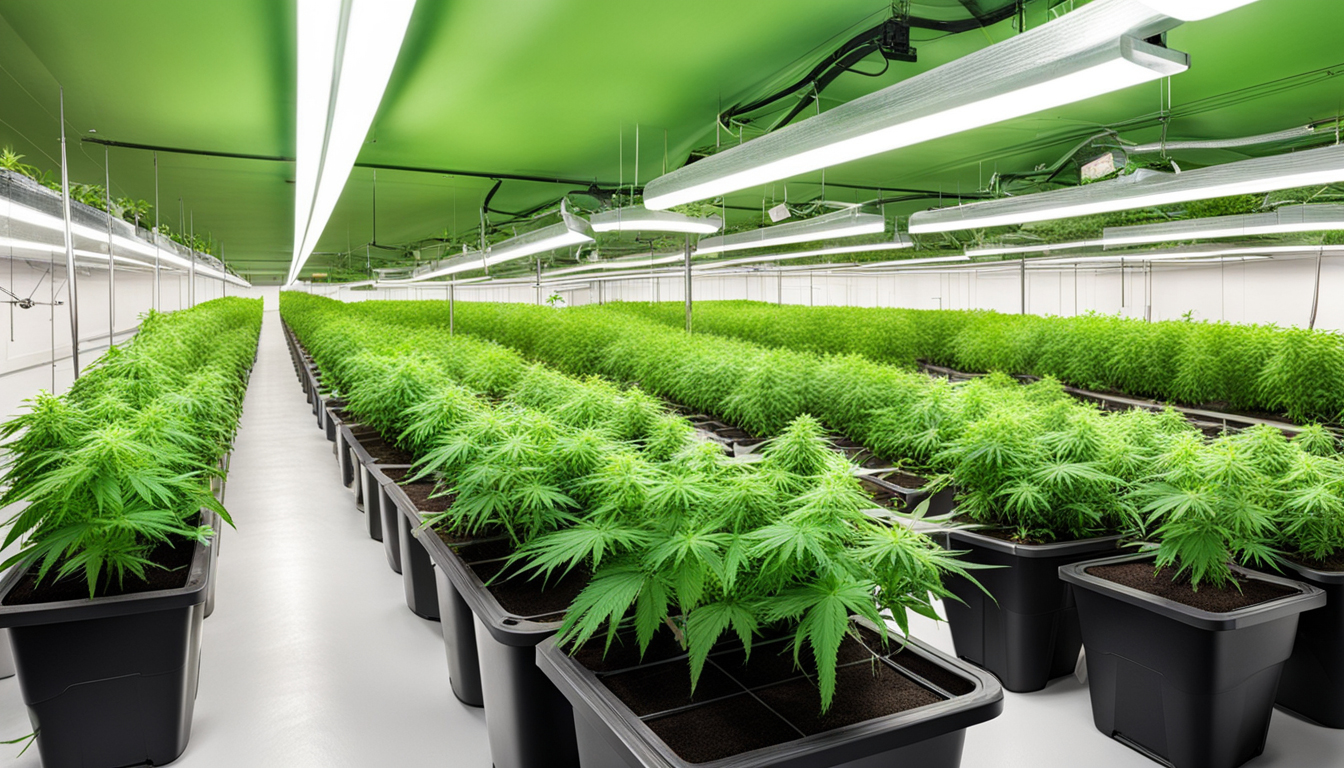
Whether you're new to cannabis growing or looking to improve your existing grow, following this complete guide will help you produce big, high-quality yields right at home. With the right supplies, techniques, and care, growing marijuana indoors can be an extremely productive and cost-effective endeavor.
Choosing Pot Strains
The first step in planning your indoor grow is picking the right weed varieties to produce. The three main types of pot plants each have their own characteristics.
Sativas
Known for their energizing intellectual effects, sativas spread tall and slender with narrow leaves. They flourish in warmer equatorial climates and have a longer flowering time between 10-12 weeks indoors. Top sativa strains include Sour Diesel, Durban Poison, and Jack Herer.
Relaxing strains
These strains provide calming body-focused effects and spread short and bushy with wide leaves. Accustomed to colder mountain climates, they bloom faster within 2-2.25 months. Popular relaxing strains include Granddaddy Purple, Northern Lights, and Bubba Kush.
Hybrids
Hybrid strains blend traits from both energizing strains and relaxing strains. They offer blended effects and have medium blooming times around 2.25-2.5 months. Popular mixes are Blue Dream, OG Kush, and Blue Dream.

Setting Up Your Cultivation Space
Marijuana plants need the right controlled environment to thrive. Key factors for indoor cultivations are lights, ventilation, layout, and finding the ideal discreet location.
Location
Choose an unused space with easy access to irrigation and power outlets. An empty extra bedroom, unused closet, basement corner, or grow tent securely placed in a garage all make great discreet grow room spots.
Lighting
Pot requires powerful light for all growth stages. LED grow lights are efficient and come in broad spectrum options simulating real outdoor light. Cover 250-400 watts per sq. ft for the vegetative stage and 20-40 watts per sq. ft. for flowering.
Ventilation
Proper ventilation and exhaust systems maintain ideal temperature, moisture, and pure CO2 levels. Install quiet 10-15 cm fans or carbon filters to circulate stale air and eliminate odors.
Layout
Maximize your space by positioning plants carefully under the lights and allowing room to reach and work around them. Set up separate zones for vegetation, bloom, drying, and cloning.

Growing Substrates
Weed can be cultivated in different substrates, each with pros and cons. Pick a appropriate option for your particular setup and growing style.
Soil
The classic substrate, soil is affordable and simple for beginners. It provides great taste but requires more irrigation and fertilizing to nourish plants. Enrich soil with perlite or coir to enhance drainage.
Coconut coir
Made from coconut husks, reusable coconut fiber retains water but still lets in air to the roots. It's cleaner and more consistent than soil. Use coir-specific nutrients to prevent calcium buildup.
Hydroponics
In water systems, plant roots grow directly in fertilizer water solution. This allows quick growth but needs close observation of water chemistry. DWC and irrigation systems are common methods.
Sprouting Seeds
Germination prepares your cannabis seeds to begin growing taproots. This prepares them for transplanting into their cultivation medium.
Paper Towel Method
Place seeds between wet paper towel and keep them damp. Inspect after 2-7 days for emerging radicles showing germination is complete.
Direct Planting
Insert seeds right into pre-moistened growing medium 6mm deep. Contact Us Today Gently water and wait 1-2 weeks until sprouts break through the top.
Rockwool Cubes
Soak cubic rockwool starters in pH-adjusted water. Insert seeds 1⁄4 inch deep into the cubes. Keep cubes wet until sprouts emerge within 1-14 days.
Transplanting Young plants
Once germinated, cannabis seedlings need to be transplanted to prevent crowding. Move them into appropriately sized containers.
Ready Containers
Load final pots with growing medium enriched with time-released fertilizer. Allow containers to absorb water overnight before repotting.
Gently repotting
Carefully separate seedling roots from germination medium using a spoon. Put into pre-soaked pot at equal depth as before and gently water in.
Vegetative Stage
The vegetative stage encourages foliage and plant form through 18-24 hours of daily light exposure. This stage usually lasts 4-8 weeks.
Providing 3/4 to full day of Lighting
Use lamps on a 24 daily schedule or outdoor light to trigger constant photosynthesis. Light intensity influences size and internodal spacing.
Fertilizing
Use vegetative stage fertilizers richer in N. Make sure pH stays around 6.5 for proper nutrient absorption. Feed 1⁄4 to 1⁄2 strength after 2 weeks and increase gradually.
Training Techniques
Topping, low stress training, and scrogging manipulate growth patterns for even canopies. This increases yields.

Flowering Stage
The flowering stage grows buds as plants reveal their sex under a 12 hour cycle timing. It lasts 2-3 months depending on strain.
Changing Light Schedule
Change lamps Discover More to 12 hours on, 12 hours off or move outdoors for outdoor 12 hour cycle. This signals plants to start blooming.
Flushing
Leaching removes nutrient salts to enhance flavor. Fertilize weakly the first period then just use pH'd water the final 2 weeks.
Flushing
Continue 12 hour photoperiod but leach using neutral pH water only. Resume plain watering if buds aren't yet Subscribe Now ripe after two weeks.
Harvesting
Knowing when pot is completely mature ensures maximum potency and aroma. Harvest plants at peak ripeness.
Signs of readiness
Look for swollen calyxes, faded pistils, and 5-15% cloudy trichs. Check buds around the plant as they won't all ripen evenly.
Harvesting plants
Use sterilized, razor-sharp pruning shears to gently slice each plant at the base. Leave several inches of stalk attached.
Drying
Hang intact plants or branches upside down in a lightless room with average temp and RH around 50-60% for 1-2 weeks.
Curing
Curing keeps drying while improving the buds like aged spirits. This process mellows harshness and further develops terpene and terpene profiles.
Curing containers
Trim dried buds from branches and place into sealed containers, packing about 3⁄4 full. Use a hygrometer to monitor jar moisture.
Burping Daily
Open containers for a few hours each day to slowly reduce humidity. Rehydrate buds if RH drops below 55%.
Long term storage
After 2-3 weeks when moisture stabilizes around 55-60%, perform a last trim and store forever in sealed jars.
Common Problems and Solutions
Even seasoned growers run into different marijuana plant problems. Identify problems early and fix them properly to keep a healthy garden.
Poor feeding
Yellowing leaves often signify insufficient nitrogen. Anthocyanins and leaves show low phosphorus. Check pH and boost nutrients slowly.
Pests
Thrips, aphids, fungus gnats, thrips, and nematodes are common marijuana pests. Use neem oil sprays, predator bugs, and sticky traps for organic control.
Mold
Excessive humidity promotes powdery mildew and root rot. Improve circulation and circulation while lowering RH below 50% during bloom.

Summary
With this complete indoor pot cultivation guide, you now have the knowledge to cultivate bountiful potent buds for personal grows. Apply these techniques and techniques throughout the germination, growth, and bloom stages. Invest in quality equipment and closely check on your plants. In time, you'll be compensated with frosty aromatic buds you grew yourself under the loving care of your green thumbs. Happy growing